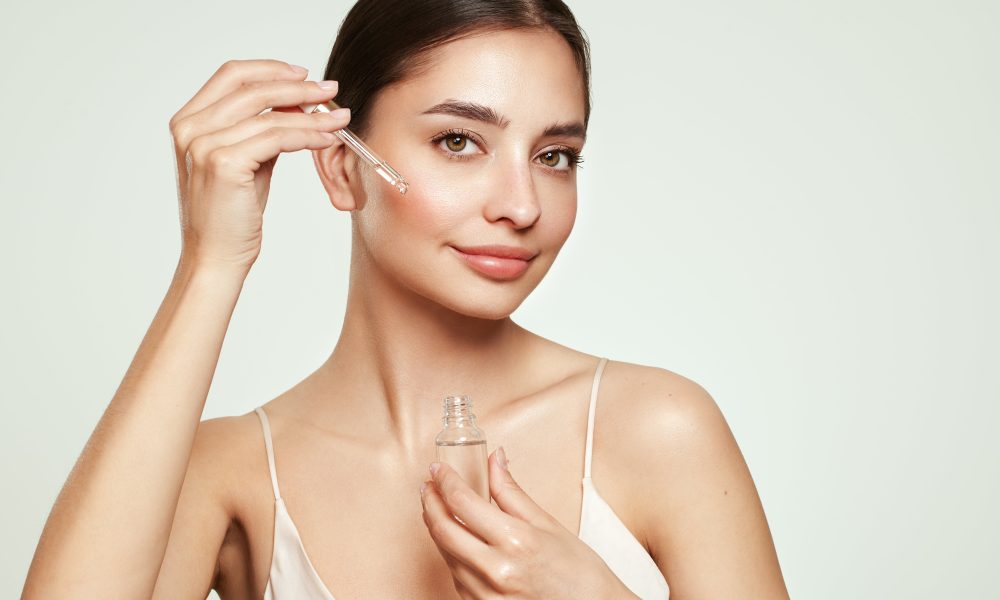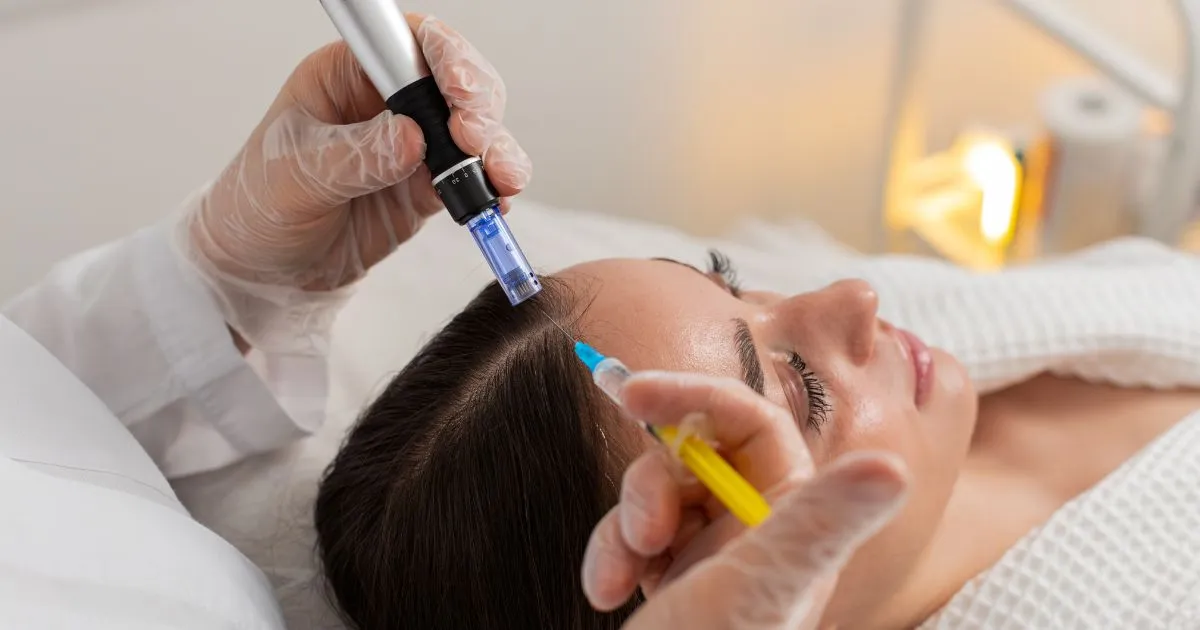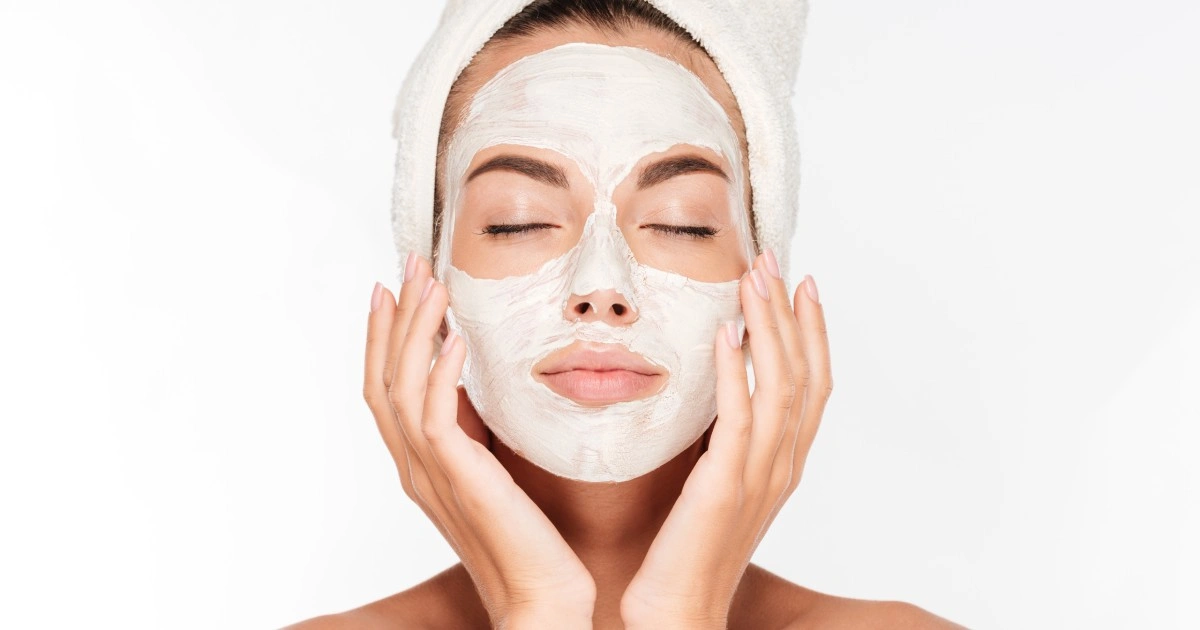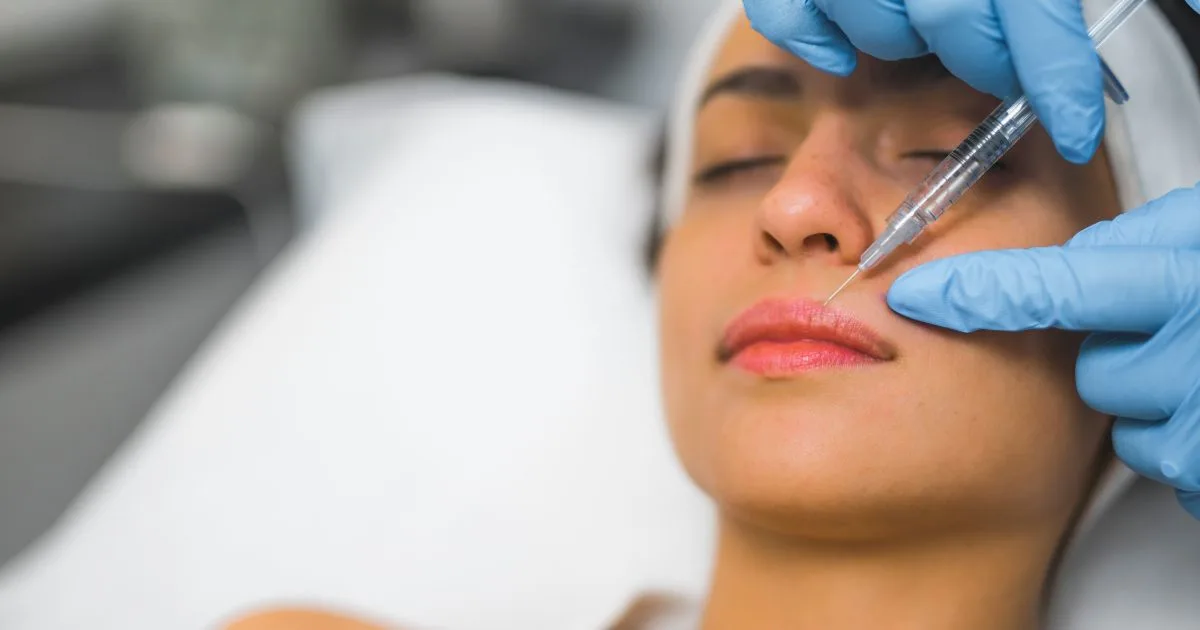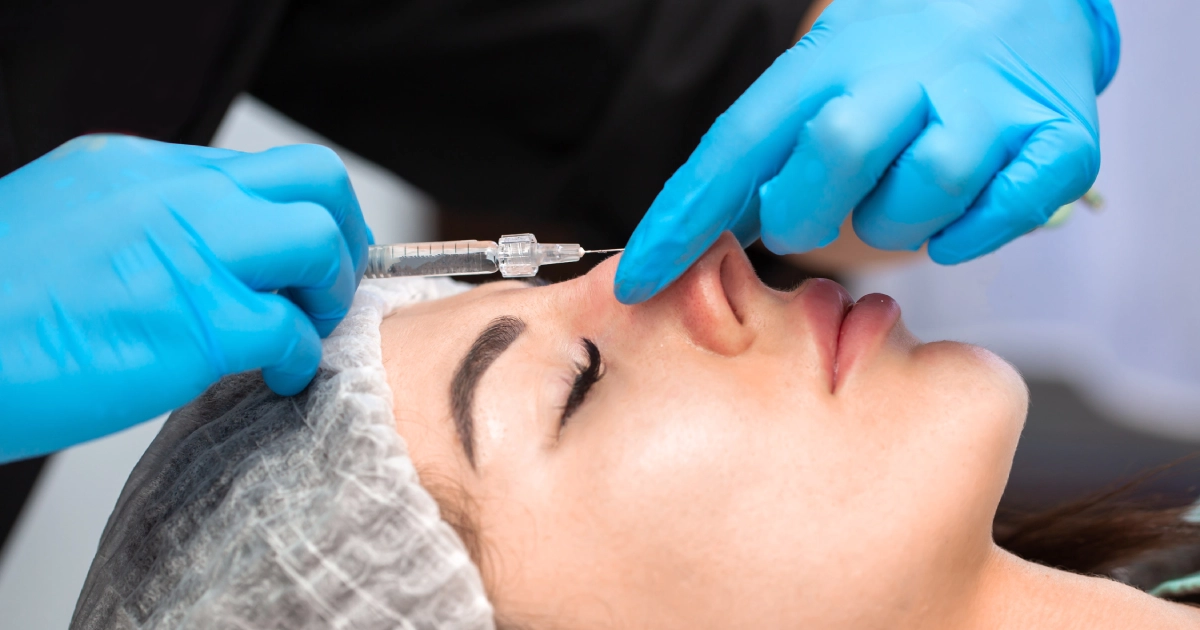In today’s world, where beauty standards have evolved and diversified, facial balance has become a crucial aspect of aesthetic appeal. No longer is beauty solely defined by symmetrical features or conventional ideals. Instead, facial balancing has taken center stage, emphasizing harmony and proportion in one’s facial features. But what exactly is facial balancing, and how long can you expect its results to last? In this comprehensive guide, we’ll delve into the intricacies of this modern aesthetic concept, shedding light on its definition, techniques, and the duration of its effects.
Understanding Facial Balancing
Facial balancing is a cosmetic procedure to achieve harmony and symmetry in facial features. It focuses on enhancing the face’s proportions to create a pleasing and aesthetically pleasing appearance. Unlike traditional beauty standards that emphasize uniformity, facial balancing appreciates the uniqueness of each individual’s facial structure.
Key Components of Facial Balancing
- Facial Features Assessment: The process begins with thoroughly assessing your facial features. A skilled practitioner will analyze your face to identify areas that require adjustment to achieve a more balanced appearance. This assessment considers various aspects, including the nose, chin, lips, cheeks, and jawline.
- Customized Treatment Plan: A customized treatment plan is developed based on the assessment. This plan outlines the specific procedures and techniques required to achieve facial balance. It may involve a combination of non-surgical treatments such as dermal fillers, Botox, thread lifts, or surgical interventions like rhinoplasty or chin augmentation.
- Procedure Execution: The chosen procedures are executed with precision and care. Non-surgical treatments are typically minimally invasive and involve little to no downtime, while surgical procedures may require a longer recovery.
- Follow-Up and Adjustments: After the initial treatment, follow-up appointments are essential to monitor progress and make necessary adjustments. The goal is to achieve a balanced, natural-looking result that complements your unique facial structure.
Techniques in Facial Balancing
Facial balancing encompasses a range of surgical and non-surgical techniques to achieve the desired aesthetic outcomes. Let’s explore some of the most common methods:
- Dermal Fillers: Injectable dermal fillers add volume to specific facial areas, such as the cheeks, lips, and under-eye hollows. They can restore youthful contours and enhance facial balance.
- Botox and Dysport: These neurotoxin injections relax muscles, contributing to wrinkles and asymmetry. They often refine the forehead, crow’s feet, and frown lines.
- Rhinoplasty: Surgical reshaping of the nose is a common procedure to improve facial balance. It can address issues like a crooked nose, nasal hump, or a bulbous tip.
- Chin Augmentation: Chin implants or fillers can enhance the chin’s prominence and improve overall facial proportions.
- Thread Lifts: This non-surgical technique uses dissolvable threads to lift sagging skin and restore youthful contours, particularly midface and jawline.
- Lip Augmentation: Enhancing the size and shape of the lips can contribute to facial balance, especially when disproportionate lips are a concern.
Which areas are treated with facial balancing?
- Nose: The nose plays a central role in facial balance. Procedures such as rhinoplasty (nose job) may be performed to correct issues like a crooked nose, nasal hump, wide nostrils, or an overly prominent or recessed nasal bridge.
- Chin: The chin’s prominence can significantly impact overall facial balance. Chin augmentation with implants or dermal fillers may enhance the chin’s size and projection.
- Lips: Lip augmentation is a popular procedure for achieving facial balance. It involves enhancing the size and shape of the lips, which can help create a more harmonious appearance.
- Cheeks: Cheek augmentation can be performed using dermal fillers to add volume to the midface. This can improve the balance between the cheekbones and other facial features.
- Jawline: A well-defined jawline contributes to facial balance. Procedures like jawline contouring or chin augmentation can help achieve a more sculpted and balanced appearance.
- Forehead and Brow: Wrinkle-smoothing treatments like Botox or Dysport can be used to address furrows and wrinkles in the forehead and lift the brow, creating a more balanced upper face.
- Temples: Temporal hollows or sunken temples can be treated with dermal fillers to restore volume and balance to the sides of the face.
- Under-Eye Area: Dermal fillers can correct under-eye hollows or bags, helping to rejuvenate the eyes and create a more youthful and balanced look.
- Nasolabial Folds and Marionette Lines: To improve face harmony, dermal fillers can also be used to smooth out marionette lines and nasolabial folds, which run from the corners of the mouth to the nose.
- Overall Skin Texture and Tone: Skin treatments such as chemical peels, microdermabrasion, and laser therapy can be part of facial balancing to enhance overall skin texture and tone, contributing to a youthful appearance.
How Long Does Facial Balancing Last?
The longevity of facial balancing results can vary depending on several factors, including the specific treatments, individual characteristics, and the practitioner’s skill. Here’s a general overview of how long you can expect the effects to last for different procedures:
- Dermal Fillers: The duration of results from dermal fillers typically ranges from 6 to 18 months. Over time, the body naturally absorbs the filler material, gradually returning to the pre-treatment state. However, regular maintenance treatments can help prolong the effects.
- Botox and Dysport: The effects of neurotoxin injections usually last between 3 to 6 months. Like dermal fillers, repeat treatments are necessary to maintain the results.
- Rhinoplasty: Surgical rhinoplasty provides permanent results, as the structural changes to the nose are permanent. However, the final results may take several months to stabilize as post-surgical swelling subsides fully.
- Chin Augmentation: Chin augmentation with implants or fillers can provide long-lasting results, with effects lasting anywhere from 6 months to several years, depending on the chosen method.
- Thread Lifts: The effects of thread lifts can last up to 1 to 2 years. While not permanent, they offer a less invasive option for those seeking facial rejuvenation.
- Lip Augmentation: Lip fillers typically last 6 to 12 months, depending on the filler used and individual factors. Maintenance treatments are required to maintain the desired lip size and shape.
It’s important to note that individual experiences may vary, and the longevity of results can be influenced by factors such as lifestyle, genetics, and the type of products used. Additionally, maintenance treatments can help extend the duration of the effects for many facial balancing procedures.
Conclusion
Remember, the key to successful facial balancing lies in the hands of skilled and experienced practitioners who understand the art and science of creating beauty through proportion and balance. Embrace Your Inner Beauty with The Best Injector! Don’t settle for anything less than the best regarding your facial balancing journey. Choose The Best Injector for a transformative experience celebrating your unique beauty and radiating confidence. Contact us to schedule with the latest trends in facial aesthetics. Your journey to true beauty begins here!
Unveil the best version of yourself with The Best Injector. Your beauty, balance, and confidence are all within reach!


